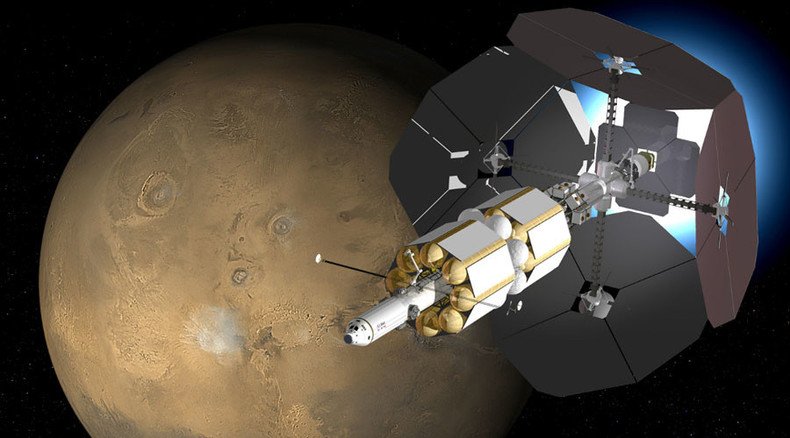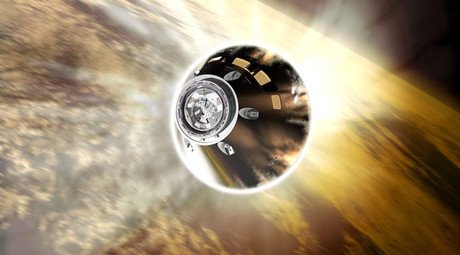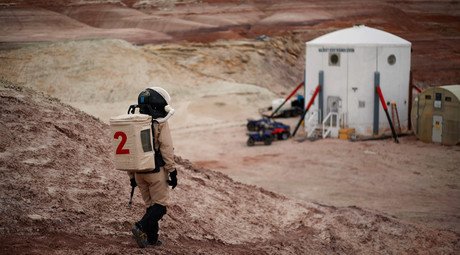NASA seeks to spark electric deep-space propulsion

Three American companies have been awarded contracts by NASA to aid in the development of propulsion systems intended for use in future manned deep-space missions. Electric engines generate more speed with less propellant compared to chemical rockets.
NASA’s Advanced Exploration Systems (AES), itself a division of Human Exploration Operations Mission Directorate (HEOMD), is committed to “rapidly developing prototype systems, demonstrating key capabilities, and validating operational concepts for future human missions beyond Earth orbit,” according to its website.
To help reach this goal, NASA has awarded contracts to Ad Astra Rocket Company, Aerojet Rocketdyne and MSNW to develop “propulsion technology systems in the 50- to 300-kW range to meet the needs of a variety of deep-space mission concepts beyond capabilities currently being developed for ARM (Asteroid Return Mission) SEP,” notes a HEOMD status update released November 4.
AES seeks to boost their hopes beyond Earth with the development of technologies that can overcome current limitations on human and robotic exploration. If the new contracts are any indication, that may come in the form of an advanced electric propulsion system.
In all three cases, the companies were given fixed-price contracts to develop the engines, with achievements expected to occur by set periods over a three-year timeline. The propulsion systems must have total end-to-end efficiency at greater than 60 percent, an in-space lifespan of greater than 50,000 and a mass-to-energy ratio of less than 5kg/kW.
During the final year, contractors are expected to be able to demonstrate an electric propulsion engine with a “minimum of 100 hours of continuous operations at power levels of at least 100 kWs in a relevant TRL 5 (NASA Technology Readiness Level 5) environment,” according to NASA.
Ad Astra’s contract is worth nearly $9.1 million, and their strategy is to develop a VASIMR (Variable Specific Impulse Magnetoplasma Rocket) system “with scalability to human spaceflight.” This type of cutting-edge “electromagnetic propulsion” technology uses radio waves to ionize a propellant to create plasma that generates thrust for the spacecraft. Much of the science behind the technology comes from nuclear fusion research.
The Washington state-based MNSW, whose three-year contract is worth $1.5 million, has signed on to create a flexible, high-power propulsion system for exploration missions. To do this, they are developing an ion thruster, an engine that creates propulsion using “Lorentz force” to accelerate plasma to use as thrust.
Aerojet Rockdyne, a Sacremento-based company, won a $6.3 million contract to build a 250 kW nested hall thruster (NHT). This type of propulsion system uses multiple nested “Hall effect” ion thrusters, where each of them trap electrons in a magnetic field and then use the electrons to ionize propellant, efficiently accelerating the ions to create thrust.
Efforts to develop next-generation propulsion systems come as NASA gears up for a manned mission to Mars that’s planned for the 2030s. The propulsion contracts are only three of 22 public-private partnerships that are expected to produce essential technology for future exploration of the solar system.














